Tube and Pipe manufacturing covers a wide range of production activities, such as sawing, cutting, and forming processes like bending, end forming, trimming, beveling, edge cutting, grooving, and thread processing. Bending is one of the most common manufacturing methods. Though there are many different kinds of tube bending methods, the most popular one is Rotary Draw Bending which can ensure high accuracy and fast production speed.
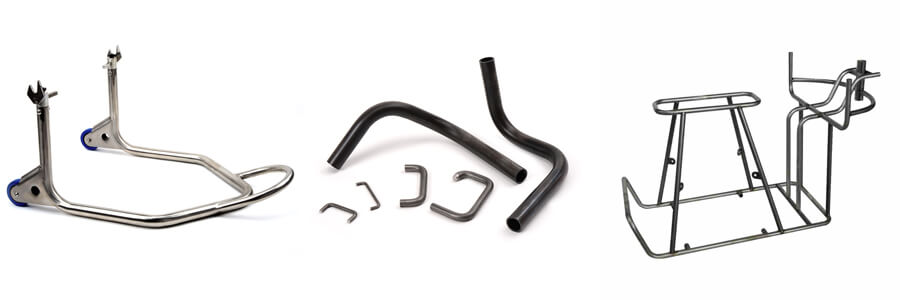
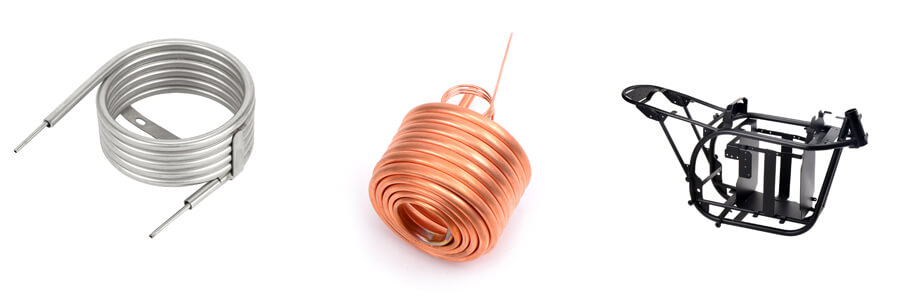
The bending process begins by loading a pipe into a bending machine and clamping it in two molds (clamping blocks and forming molds), while the other two molds (pressure molds and wiping molds) loosely fix the pipe.
The second step is to apply force to push the raw material oil pipe or tubing towards the mold, forcing the tubing to adjust to the shape of the mold. Usually, the raw material tube is fixed in the appropriate position, while its end rotates against the mold of the bending machine.
For multiple bending processes, it is necessary to place a mandrel inside the pipe to prevent collapse, while using a wiping die to maintain the pipe under tension to prevent any damage during the stress process. To prevent damage to the pipes, the wiper mold is usually made of softer materials such as aluminum or brass to avoid scratching the pipes.
Several different bending machines are popular in the market, including manual, hydraulic assisted, hydraulic driven, and pneumatic driven.
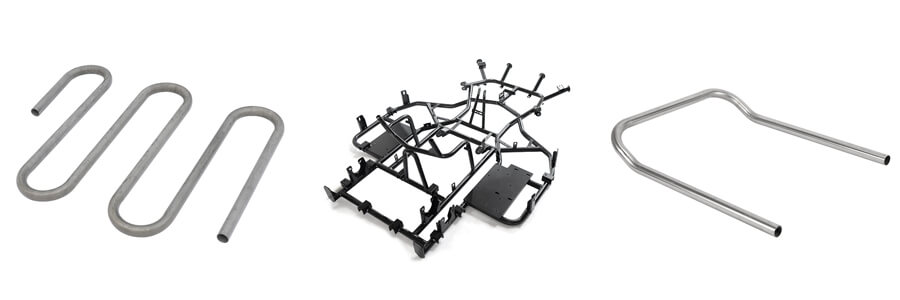
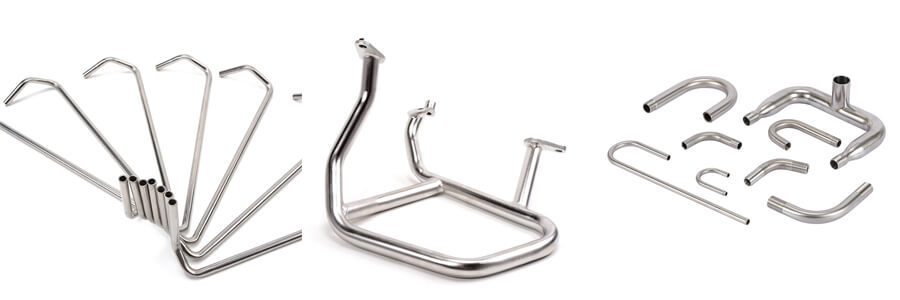
The selection of materials is a fundamental decision to affect the performance, durability, and applicability of the final product. Different industries or different functions have theirs preference in specific material according to the unique properties and characteristics. As an experienced tube/pipe bending and fabrication supplier in China, we can work with many kinds of materials.
• Seamless & Welded Tube
• Custom & Standard Size
• Aluminium Extrusion
• Stainless Steel Tube
• Carbon Steel Tube
• Galvanized Tube
• Copper/Brass Tube
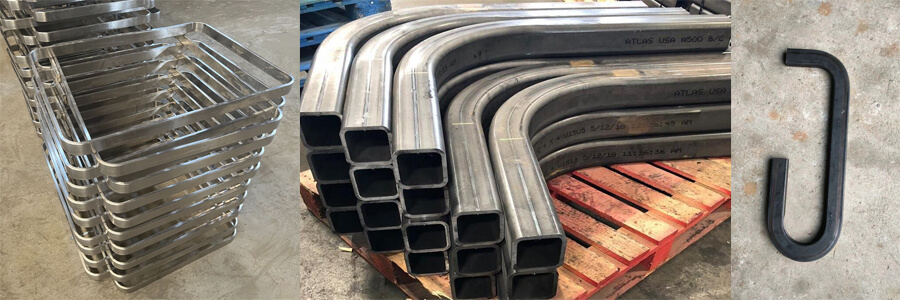

As a leading sheet metal manufacturing company in China, Shanghai Yixing Technology provides manufacturing and turnkey assembly services, including pipe and tube processing, finishing, and assembly. This means you can trust us on the initial pipes and tubes and also the secondary cutting, bending, welding, stamping, combining fasteners or hardware, integrating with metal plates, plastics, or mechanical and electronic components, etc.

Shanghai Yixing Technology provides professional sheet metal fabrication services. We can help you fine-tune your product design to ensure that your product can be produced accurately and efficiently. For new development projects, we can also cooperate wit you to make prototypes in different stages until you have mature design.We are strong support for you from initial design cost analysis to prototype and to mass production.

With providing tube/pipe bending and fabrication parts for carts, medical transfer aids, exhaust systems, irrigation system, chassis and roll cages etc, Shanghai Yixing Technology has gained reputation among customers from automobile, agriculture, medical and solar energy industry.

Instead of simply classifying the tube bending method into hot and cold bending per temperature, there is a more detailed classification per machines as below:
1. Rotary Draw Bending
One of the best and most commonly used bending processes. In this method, the pipe is clamped on its outer diameter and rotates around a mold called a bending mold. There are many different versions of the rotational stretching and bending process.
2. Press Bending
One of the simplest bending processes. In stamping bending, two molds tilted at the desired bending angle are pressed onto a straight pipe to form a bend. Although bending is cheap, it does not work on thick pipes.
3. Roll Bending
In roll bending, a series of rollers push the pipeline through a coil wrapped at the desired bending angle. This method has many modifications. Roll bending can be further divided into three roll bending and four roll bending.
4. Mandrel Bending
It is not a standalone bending technique, but an improvement on other bending techniques such as Rotary Draw Bending. Mandrel bending is suitable for hollow pipes, including placing internal supports in the pipe to protect it from collapsing during the bending process.
Compared with square tube, round tube has better bending resistance.
Bending resistance refers to the ability of a material to withstand bending loads without causing damage, fracture, or plastic deformation. The bending resistance of materials is a key indicator that determines their service life and safety.
Square and circular pipes are commonly used building materials, and their shapes and cross-sectional areas are different, so their performance in bending resistance is also not the same.
1. The bending resistance of square tubes
Compared to circular tubes, square tubes have a flatter cross-sectional shape and require materials to withstand greater stress during bending. Therefore, theoretically speaking, the bending resistance of square tubes may be slightly worse than that of circular tubes.
2. Bending resistance of circular pipes
The cross-sectional shape of a circular tube is more rounded, and it can uniformly withstand external forces and deformations. Therefore, compared to square tubes, circular tubes perform better in terms of bending resistance.
To reach the best tube bending results, we need to consider not only the material property itself but also the right machines, suitable tooling and lubrication.
1. Material
Spring back: Harder material usually has greater spring back and softer material like copper has less spring back.
Weld Seams: If the edge of the weld joint aren’t perfectly aligned, it will cause some issues like elongation and inevitably wrinkling.
Elongation: When elongation happens during bending, the wall of the tube will go thinner. The depression and distortion will be caused in the bending area.
2. Right Tube Bending Machine
Manual Benders: It is best for small projects with little budget which doesn't require repeatability and high accuracy.
Air/Hydraulic Benders: By using the power of air and hydraulics, it offer a hands-free and powerful bending solution. It is more accurate than manual bender but speed is slow.
Electric/Hydraulic Benders: The speed is more faster than Air/Hydraulic Benders and accuracy is good. It is widely used for many tube bending projects.
NC and CNC Electromechanical Bender: It provides more precise bends (can be 0.1 degree) and more faster speed. But the machine cost is high.
3. Tooling Options
Mandrel: If you are working on a hard tube, the mandrel should be soft. And vice versa if the tube is soft, you will need hard mandrel.
Bend Die: You should consider the bending die radius per the hardness or softness of the bending material. If the bending material is hard, you should consider a smaller radius.
Clamping Die: The length of the clamping die should be 3 times longer than the diameter of the tube. If the clamping die is not long enough, it will cause deformation.
Wiper Die: Fix the wiper die between the bend die and tube can stop the material flow so as to avoid the deformation.
4. Lubrication
To use the right lubrication is very important. It will reduce the friction between tube and bending die for more smooth bending.